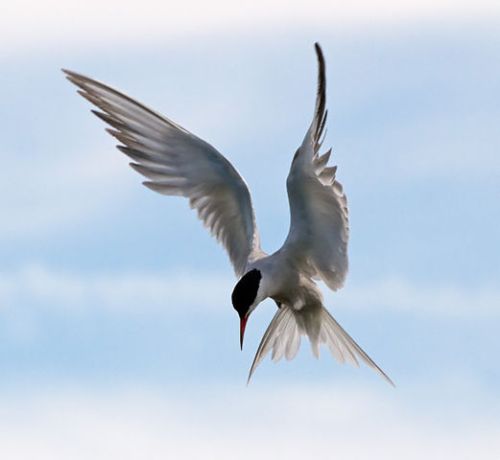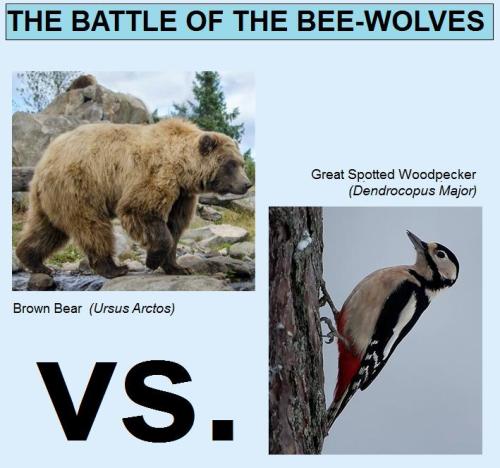
The portrait of St. Mark in the Lichfield (St Chad) Gospel.
In 2013 I had an academic paper accepted by the Journal of Late Antique Religion and Culture (JLARC). The journal is open access and you can read it here (link to pdf in the right hand column). I found that the manuscript animals were copied from manuscript to manuscript by closeted scribes, and were not based on real animals (e.g. lynxes, cats, wolves).
Species: The manuscript images were all derivative and made up a coherent, although unrealistic tradition of depicting lions (Panthera leo) not lynxes (Lynx lynx), wolves (Canis lupus) or cats (Felis catus; Felis sylvestris).
Source: Some of the oldest manuscripts in Britain: The illuminated gospels.
Date: 650-1000 A.D.
Highlights: One lion, that from the Lichfield (St Chad) Gospel (above) provoked a great deal of interest. It only had the stub of a tail and the scribe’s style made its body looked speckled. However in every other respect the lion was drawn in a derivative way to the mainstream tradition, and the answer is probably that the scribe simply forgot to paint the rest of the lion’s tail.
Continue reading →









